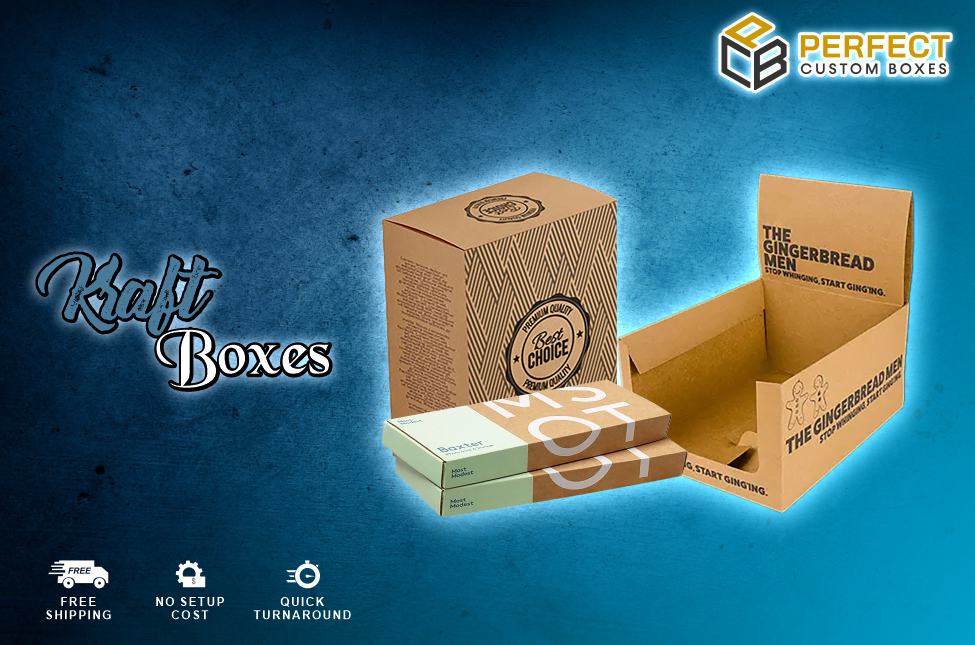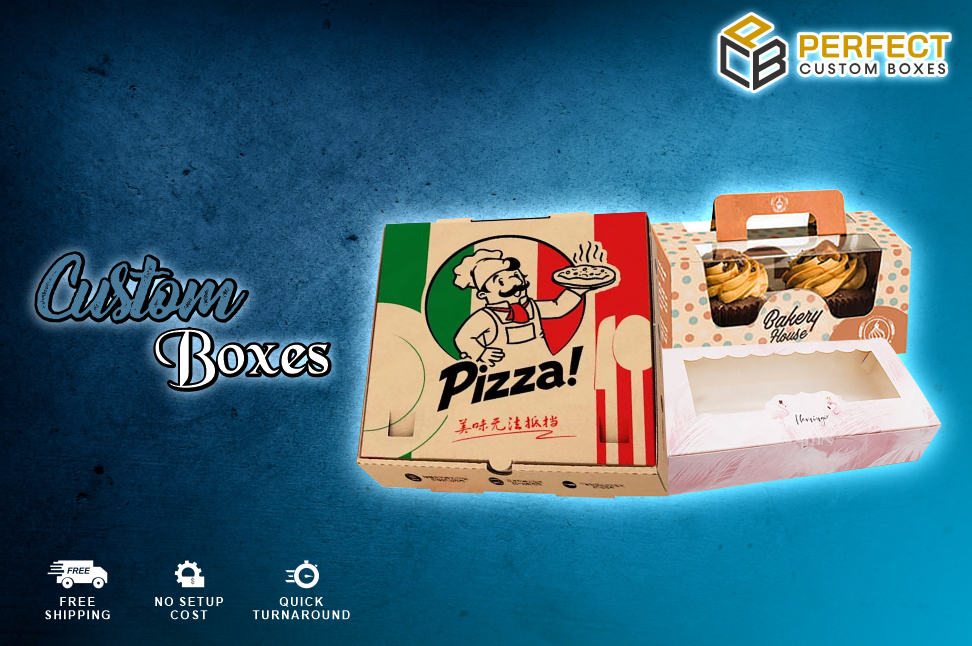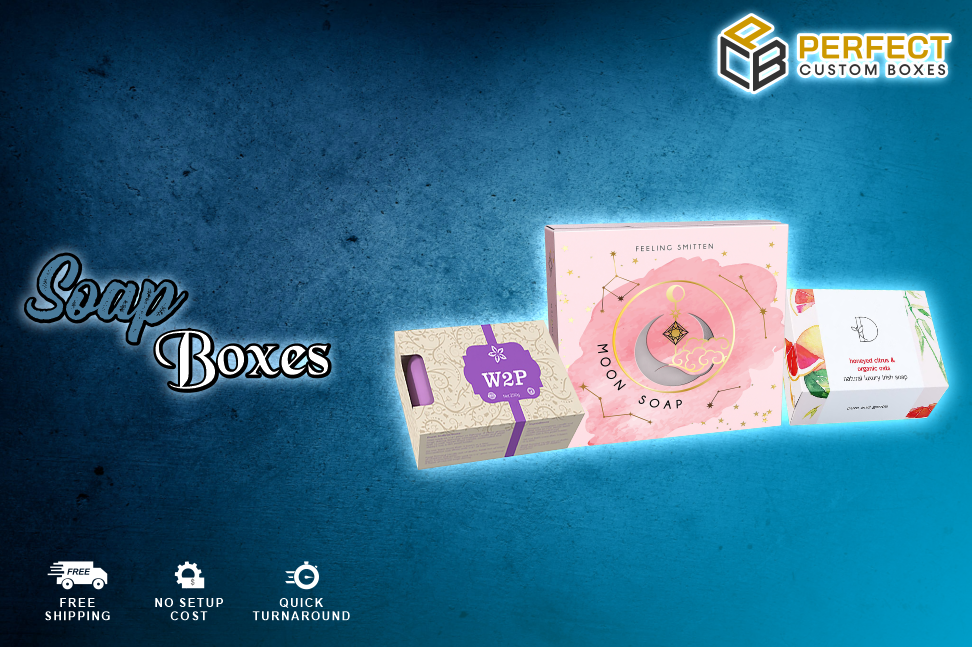Make the Manufacturing Process Smooth with Kraft Boxes
2024-01-04 21:26:02
The Kraft process, a chemical pulping technique used in production, breaks down the wood fibers using sodium hydroxide and sodium sulfide. This procedure yields a biodegradable paper that is robust and resilient and boosts product sales. Kraft Boxes have grown in popularity within the packaging sector because of their eco-friendliness, adaptability, and visual attractiveness. They are an excellent option for various packaging because they come from sturdy and recyclable Kraft paper. They differ primarily in that they are composed in an environmentally responsible way. On the other hand, their environmental sustainability makes them a compelling choice for enterprises and customers.
Kraft Boxes Prioritize Sustainability and Protect Product Data
Selecting environmentally friendly packaging is not just a trend but also a respectable business practice in an era where environmental consciousness is growing. Because they are easily recyclable and derived from renewable resources, Kraft Boxes help lessen packaging material’s overall environmental effect. In addition to being environmentally sustainable, they provide many customizing choices. They are offered in various sizes and forms to meet various specific requirements. Kraft paper's raw, unbleached appearance offers a blank canvas for branding and design. Companies may quickly imprint their logos, product data, and other information on them to give them a distinctive and expert appearance. Their simplicity permits designers to be inventive with their designs.
Add Chain of Resilience in Manufacturing Kraft Boxes
Many companies go with Kraft paper's organic, rustic appearance, choosing simplistic designs that complement their green image. Others might make their packaging stand out on the shelves by using vivid colors and detailed patterns. Whatever the design strategy, the Kraft paper's rough surface offers a tactile element that improves the packaging's overall visual appeal. Apart from their visual appeal, Kraft Boxes also have valuable benefits. Kraft paper's intrinsic strength makes it resilient to external stresses during storage and transportation. Because of its resilience, packed goods are guaranteed to be safeguarded at every stage of the supply chain, lowering the risk of damage and the environmental impact of product returns or replacements.

Develop Dominating and Appealing Imagery within Custom Boxes
In addition to improving the product's visual attractiveness, this personalized touch helps consumers remember and recognize the brand. Custom Boxes are essential to the packaging industry because they give companies a distinctive and customized method to present their goods. They are an effective tool for branding, marketing, and client involvement in a cutthroat industry where first impressions matter immensely. Thus, they reflect a brand's identity and ideals, not just its packaging. They aim to customize packaging options to a brand's unique requirements and tastes. In contrast to off-the-shelf, generic packaging, they come with the brand's colors, messaging, and logo in mind.
Custom Boxes Keep Products in the Right Dimensions with Inserts
Companies may design a packaging solution that complements their product and brand image by selecting various materials, forms, and sizes. The flexibility that they provide is one of its main advantages. They enable firms to express their distinct personalities, whether through a bright and fun box for a toy or a clean and minimalist design for a high-end cosmetic product. Custom Boxes meet the unique needs of the product they enclose. Perishable goods may require materials that maintain freshness, while fragile items may demand robust and protective packaging. Businesses can also add inserts, dividers, or padding to the inside of the box to secure the goods while they are being transported.
Maintain Visual Components and Color Scheme within Custom Boxes
The visual components of the brand are shown on the outside. It is possible to create a unified and memorable brand image by prominently displaying the tagline, color scheme, and logo. Custom Boxes protect the merchandise and function as an effective branding tool. When carried by customers, this branding goes beyond the point of sale and becomes a mobile advertisement. It turns generic packaging into a statement that upholds brand identity and encourages customer loyalty. They present a unique chance for customer communication from a marketing standpoint. Brands can communicate their mission, values, and stories in the area provided on the box. It is possible to improve the whole customer experience by including engaging material, including usage tips for products.

Soap Boxes Stay Determined Against the Hardship
In consumer products, they play a vital role in the fusion of practical usefulness with visual appeal. Soap Boxes are crucial in drawing the consumer's attention and offering a promise of enjoyment and hygiene in this complex dance of form and function. Fundamentally, they aim to protect the soap from outside elements that can degrade its quality. The packaging needs to function as a trustworthy barrier against the hardships of storage or transit. As a result, producers use various materials, such as cardboard and plastic, to build a barrier that removes moisture, dust, and physical harm. It serves as more than just a cover; it is a visual depiction of the product within and an ambassador for hygiene and self-care.
Add Sense of Playfulness in Experiencing Soap Boxes
Packaging designers meticulously choose colors, patterns, and designs to make an impression right away. Soap Boxes themselves are works of art in their visual form. Customers are encouraged to investigate the soap inside of the attractive appearance. Depending on the target demographic, vibrant colors and sophisticated designs might create a sense of luxury or playfulness. They can be a multisensory experience thanks to subtle textures or embossing, which can give a tactile depth. Both its visual appeal and the information it conveys are crucial. Product specifications, usage guidelines, and ingredient listings increase the brand's transparency. In a time when people are becoming more aware of the items they use, trust is built on clear and straightforward information.
Soap Boxes Remain Sustainable by Consuming Fine Paper
Compact packaging makes the most of shelf space and makes displaying and storing products easier. Customers can easily handle and opening because of the ergonomic design, which guarantees a comfortable grasp. Their size and form are not coincidental decisions. Soap Boxes thoughtfully remain chosen to improve customer and manufacturing convenience. They remain elevated from a practical need to a skillfully designed work of functional art by the subtle interaction between beauty and usefulness. In the retail setting, they turn into a quiet salesperson. It competes for attention with many other things neatly stacked on shelves. As so, it serves as both a billboard and a container, promoting the contents within. Brands use packaging as a narrative tool.

